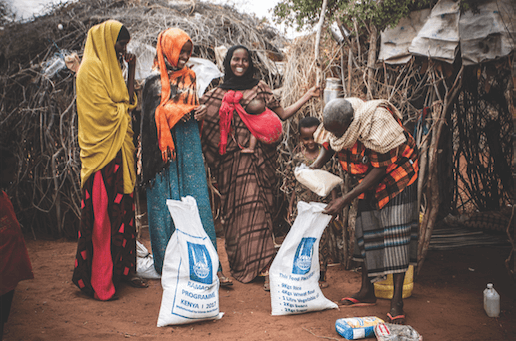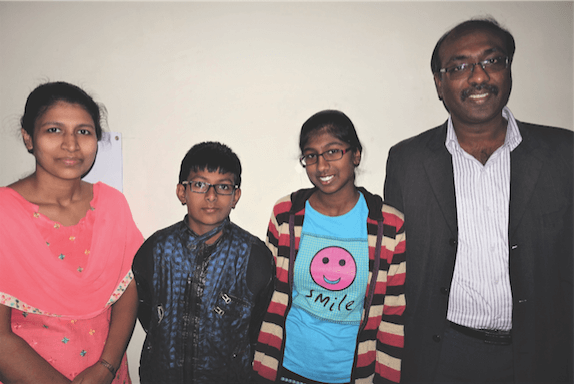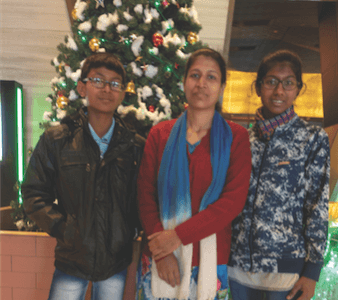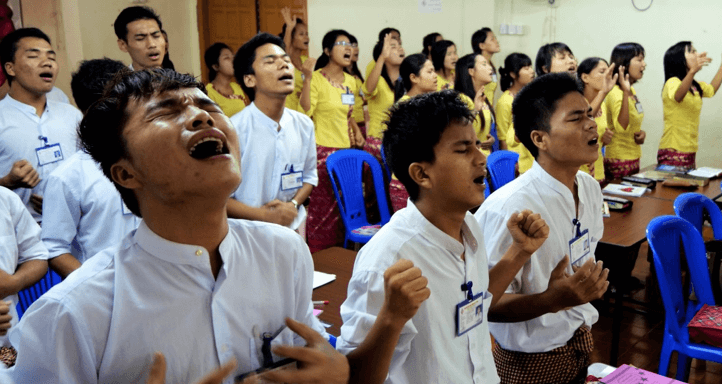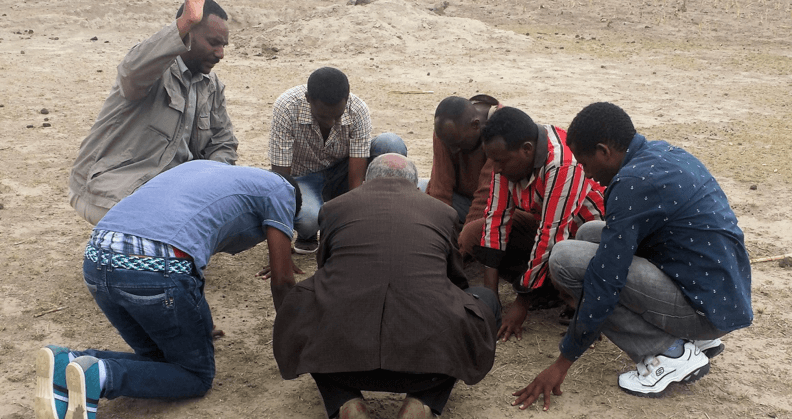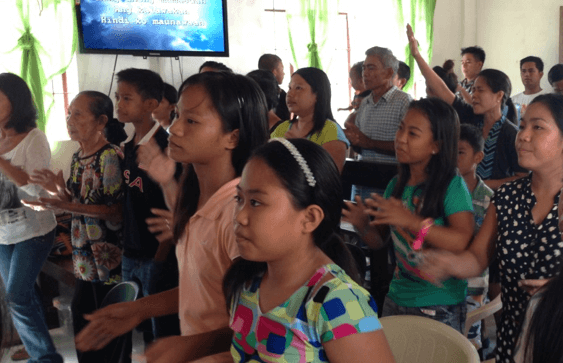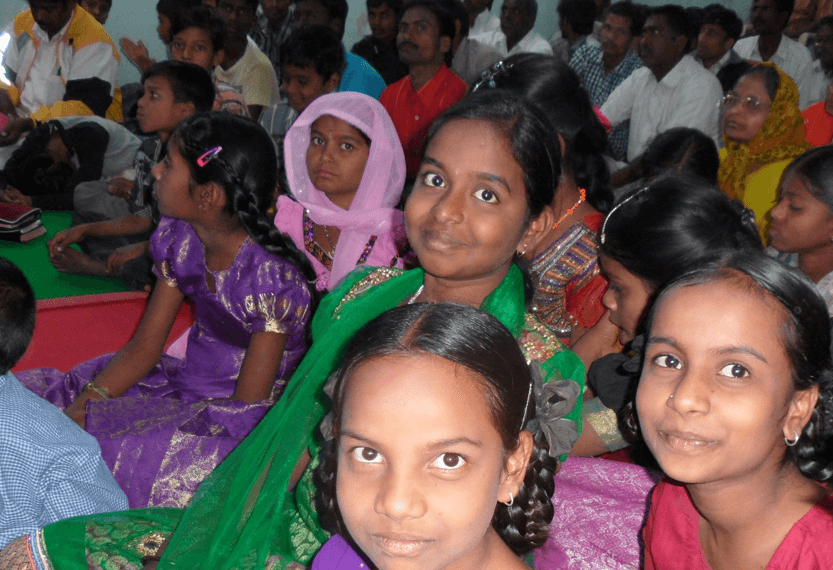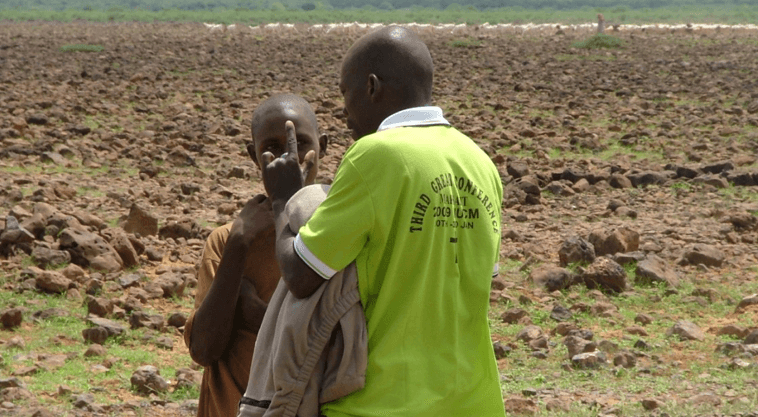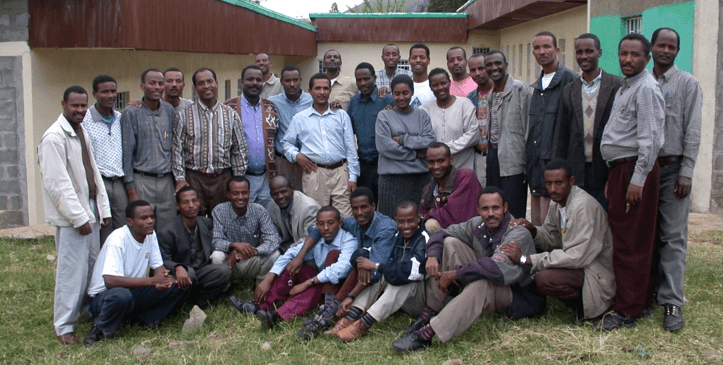Life at the Edge of God’s Kingdom
Marseille, France: Europe’s Gateway to North Africa
Marseille provides a critical access point to several North African people groups who would otherwise be extremely challenging for Christians to reach – including the Algerian Moabite Berbers who have no known Christians among them.
We are reaching out to the secular (anti-religious) French nationals as well as Muslim immigrants in Marseille. One example comes from Mayra – a BGU senior who just returned from her 16-month internship. She developed a relationship with an Algerian Muslim family befriending their daughter Fatima. Through Mayra’s encouragement, Fatima attended a Christian church with her for the first time. Fatima experienced God’s love and continues to pursue further understanding of Christianity.
East Africa: Ethnic Somali Villages
Somalia is 99.6% unreached and is in a state of crisis due to famine and violence. Kenya, which neighbors Somalia, has an estimated 2.3 million ethnic Somalis and 400,000 Somali refugees.
Our Bethany team, partnering with various other missionaries, is working with unreached Muslim ethnic groups including Somalis living in Kenya. Jason and his team are equipping church planters and, in turn, Muslim villages, with sustainable farming techniques in a climate prone to drought. They have witnessed amazing result thus far – both in farming and Muslims opening their hearts to know more about Jesus. In the last month, church planters started two Discovery Bible Studies with Muslims and all those attending have their own Bible.
India: The Chamar People
The “low caste” Chamar number over 51 million in India. Only 0.5% of these 51 million are born-again believers. To be in the low caste is often regarded as “untouchable” or “undesirable”, with unemployment and illiteracy being widespread.
We have focused on engaging and bringing the hope of Jesus to the Chamar people. Edward Jesudhas, our local partner, began reaching out to the Chamar. Edward moved his family to northern Delhi, started a church in his home, and grew his church to over 70 people in the first year. He also established a missionary training school to equip Indian missionaries to reach their native people. Today, his congregation, mission training school, and the number of workers among the Chamar have grown.
New Delhi: Hindu and Muslim Communities
India has more unreached people groups than any other country in the world, with a staggering 2,291 unreached groups. The capital city, New Delhi, alone has 441 unreached people groups.
Through multiple missional efforts in New Delhi, we provide education to children and their mothers who have no access to it including English and sewing classes.
The Kingdom of Bhutan: The Bumthangpa People
Nestled in South Asia’s Eastern Himalayas, the Kingdom of Bhutan has deep roots in the main religion: Buddhism. Thinley, a “Buddhist Monk Turned Missionary”, is reaching the Bhutanese unreached peoples. Thinly and his wife are establishing a church in a village with 4,500 Bumthangpa people. The Bumthangpa number 24,000 people and are only 0.59% Christian.
Buddhist Thailand
The Thai people are profoundly unreached people group. There are many smaller tribal people groups through Thailand as well. Many small Buddhist villages have virtually no Christian witness of any kind. And those Christian churches in the region often do not reach out to the Thai people. Our Bethany team befriended a local pastor. Through their interactions and encouragement, the pastor began to lead his people in outreach to the village. The church took on a new sense of urgency to be a light in an otherwise dark village.
This article is from the Spring 2019 Issue of coMission Magazine.

